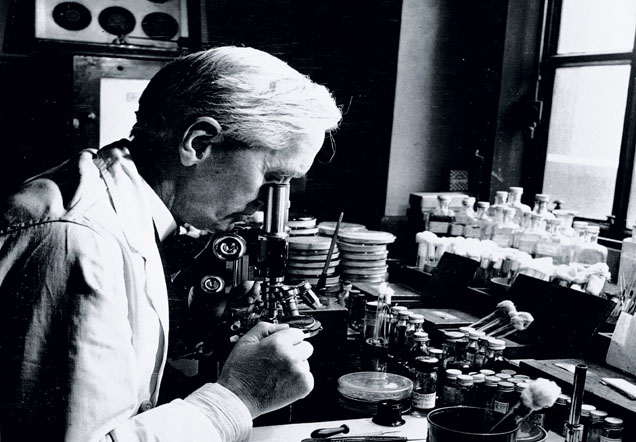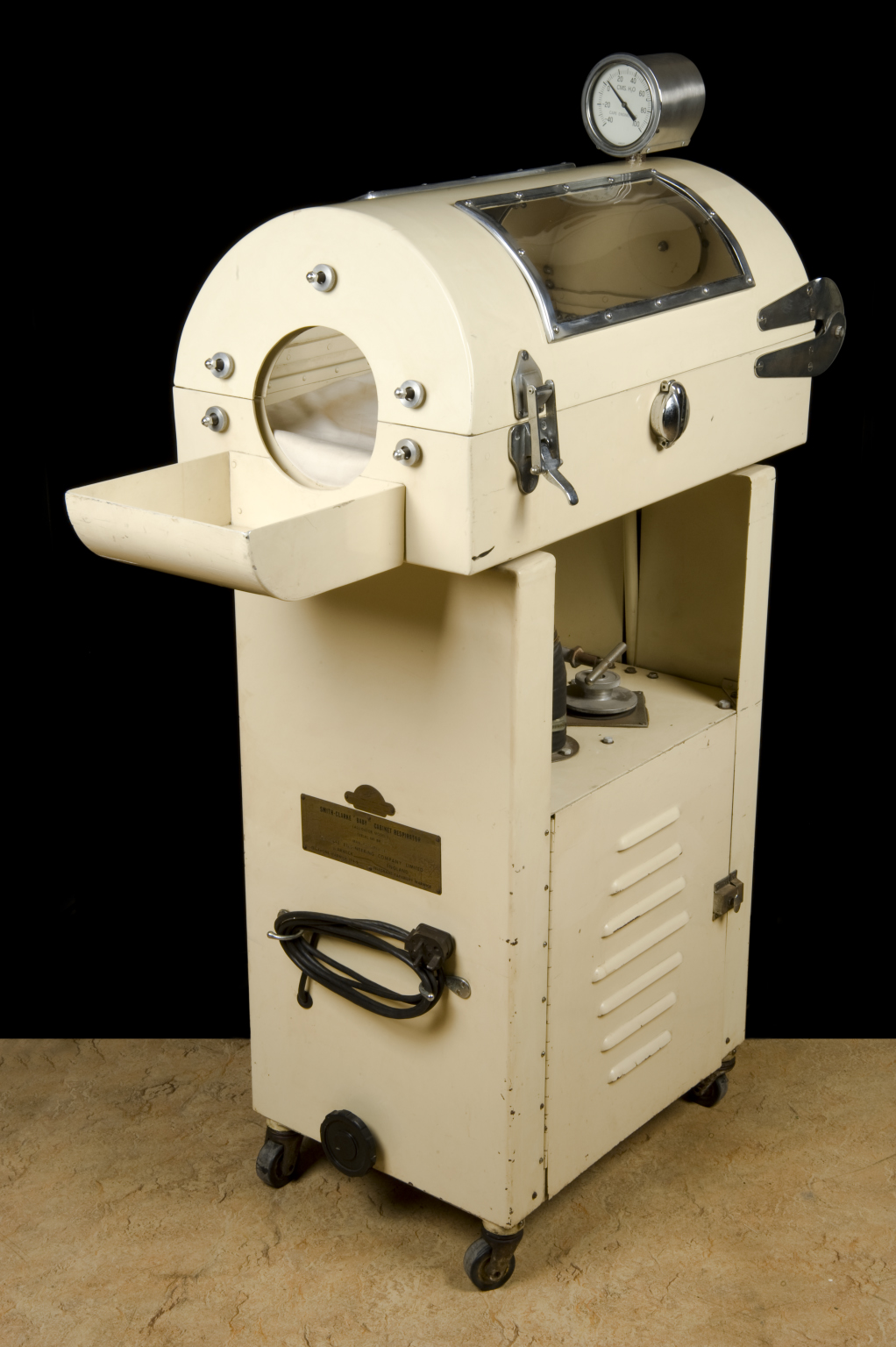Kate Davis, a Learning Resources Project Developer, discovers the story behind one of our more unusual objects. The fifth floor of the Science Museum is a fascinating area, full of gory and often unusual paraphernalia related to the history of medicine. One of the more unusual objects lurking in this gallery is the Drug Castle. Our knowledge of medicine and how civilisations have treated illness and disease stretches all the way back to the earliest writings on the subject from […]
A guest blog post by Vivienne Parry, MRC Council Member This year the Medical Research Council (MRC) celebrates 100 years of life-changing discoveries. The MRC has its roots in the National Insurance Act, passed by Parliament in 1911. At the turn of the last century, TB was as great a concern to the Edwardians as cancer is to us today. Desperate for cures, government proposed that one penny per working person per year should be taken from their national insurance […]
How many people do you know that have had a cataracts operation? Cataract (the clouding of the lens of the eye) have been operated on for hundreds of years. One of the earliest operations was couching – pushing the clouded lens out of the way to restore some vision. By the 1740s, methods were developed to remove the lens completely. However it wasn’t until the 1940s, that a successful artificial alternative to the eye’s lens was found, the intra-ocular lens. While working […]
Today we’re hosting The Giants’ Shoulders, a monthly event providing a taster of some of the best history of science the blogosphere has offered this month. News of a meteor breaking up over Russia and the close approach of an asteroid inspired many bloggers including Rupert Baker at the Royal Society Repository, Darin Hayton, Lisa Smith at the Sloane Letters Blog and Greg Good at Geocosmohistory. On the Board of Longitude Project blog, Alexi Baker surveyed how attitudes to inanimate objects […]

It’s hard to imagine life without penicillin. This drug, which many of us take for granted, has saved millions of lives since its discovery by Alexander Fleming less than a century ago.
March marks the 100th anniversary of the first cars made by William Morris (1877-1963). The first was a Morris-Oxford Light Car. William Morris began making and repairing bicycles in his work and gradually went onto to hiring and repairing cars before making his own. Although his business was disrupted by the First World War, Morris went on to dominate the British car industry and was made a baron in 1934 and 4 years later Viscount for his services to car manufacturing. He […]

Billionaire computer entrepreneur and philanthropist, Bill Gates, is to discuss the impact of polio on humanity at this evening’s annual BBC Richard Dimbleby Lecture. His speech, which will be broadcast from the historic Royal Institution, will be supported with the visual aid of an iron lung from the Science Museum’s collection.
Amongst our peerless collection of artificial limbs are a number which have been designed or adapted for very specific functions. For example, the special attachment that allowed a one-armed WW2 bomber pilot to hold the joystick in his plane or the artificial leg terminating in a hollow metal half-sphere that prevented a keen beachcomber from sinking into the sand. The arm pictured above is one of the most intriguing examples we have. Acquired from Queen Mary’s Hospital in Roehampton, it’s […]
This blog post was written by Johanna Stevens-Yule Luigi Galvani and Alessandro Volta both made names for themselves with their pioneering work on electricity—however; electricity would prove to be the destructive force to the majority of their actual instruments. Here at the Science Museum we find ourselves in the position of owning Galvani’s very own electrostatic machine, but this so very easily might not have been the case. Unlike several other pieces of Galvani’s equipment, it escaped being destroyed in […]
Everyone, at some point in their lives, will ‘accidently’ ingest something that, well, they really shouldn’t have. At best, the event might provide an amusing story to tell your friends, at worst the consequences can be serious enough to make the news. Of course, the deliberate ingestion of foreign bodies into the human body can be symptomatic of serious mental health issues. A compulsive urge that can result in real physical harm. Hidden within our medical collections are examples of […]
Something a bit different from Stories from the Stores today – we’re hosting the History Carnival, and bringing you a roundup of last month’s blogs on history (and a few other links we just found interesting). Don’t worry – in true STFS style, we’re still illustrating it with objects and images from the Science Museum’s collections! Slaughter, Shakespeare and squibs November’s remembered for gunpowder treason and plot, for which Guy Fawkes suffered a traitor’s execution: hung, drawn and quartered. As Kathleen McIlvenna points […]
Collecting stuff is generally the bit I like most about my job. That’s probably why I’ve got a bit over excited about the new acquisitions we’ve made related to synthetic biology – from no other than Tom Knight widely described as the “father” of the discipline. Synthetic biology is research that combines biology and engineering. Sounds like genetic engineering by another name? Well yes, but it goes much further. It looks to create new biological functions not found in nature, […]